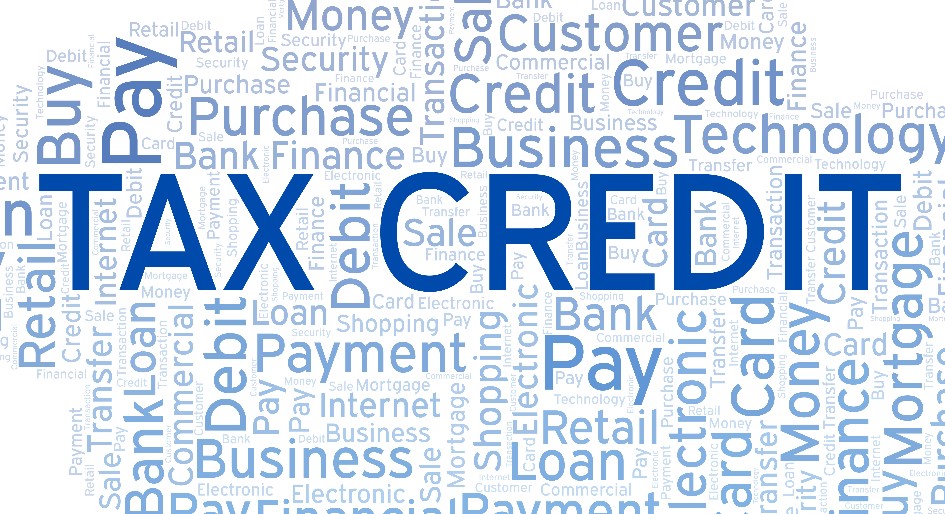The construction industry is bracing itself for the next stage of COVID and for what that could mean for workers, client project start dates and supply chain continuity.
But even if projects suffer delays, construction companies can protect their finances by applying for government incentives which are the reward for innovative industry-improving behaviours.
Many construction and engineering firms will have been innovating over the past few years and there is a good chance they will have neglected to claim a valuable government tax incentive that often goes unnoticed.
Tax incentives, administered by the Canada Revenue Agency (CRA) for Scientific Research and Experimental Development tax credits — or ‘SR&ED’ for short — are often worth hundreds of thousands of dollars.
They can be claimed for up to two years after the tax year in which the work took place. This means you can go back and claim money from the period before COVID when you were probably too busy to be aware. Crucially, the definition for R&D is also relatively wide. Plenty of firms will be doing qualifying work without suspecting that it would count. So let’s look at the criteria.
To qualify we are looking for any work that involves “systematic investigation or research that is carried out in a field of science or technology by means of experiment or analysis.” It must involve experimental development, but the work itself doesn’t necessarily need to create materials, devices, products or processes. It could just be an improvement to the existing approach to the way work is performed.
Anything that satisfies these three tests is eligible. The work must:
- Further technical knowledge or create advancement in the sector.
- Overcome scientific or technological uncertainties.
- Do something, by design, that other people would find hard or not obvious.
It’s wrong to assume that it is only large firms that will do this kind of work, but you will only know if you ask a competent person to assess your activities.
Examples of work that would qualify in the construction industry include:
- improving the environmental credentials of building materials;
- formulating advanced engineering that solves specific design challenges;
- creating technological solutions involving imaging, VR and mapping.
So what are these innovation incentives worth?
Depending on your province and your business structure, you can claim up to 41.5 per cent of the expenses directly attributed to innovative behaviour. This is made up of a combination of federal and provincial innovation credits and varies by province.
Regardless, these incentives are time bound, and changes in the Alberta program require immediate action, or there is a risk of missing out on significant opportunities.
What are eligible costs?
Most expenses linked to the R&D itself will attract tax incentives. This extends to payments to contractors, materials, salaries, and other staff costs.
However, it is not usually the issue of eligible costs that raises the most problems for businesses, accountants and tax consultants. It is the innovation in context, and whether work meets the definition of R&D, that creates the most uncertainty and normally leads to under claiming — or worse, not claiming at all.
There is no financial risk to companies that want to find out whether their work qualifies for these incentives as most leading R&D consultancies charge contingent fees — where businesses pay a percentage of the value of tax incentives received — and they do this for two main reasons.
Firstly, the devil is in the detail, and the claims themselves can change right up until an investigation of business activity is complete. Secondly, agreeing to fixed charges at the outset doesn’t reflect the level of difficulty involved in this process and doesn’t incentivize the consultant to unearth all qualifying costs.
This approach is the best way of placing the fewest barriers between a company and the maximum benefit available. Those who don’t qualify lose nothing while, for some firms in a time of economic turmoil, it will mean the difference between success and failure.
Richard Hoy is president of specialist tax consultancy Catax Canada, based in Vancouver. You can reach him at Richard.Hoy@catax.com.









